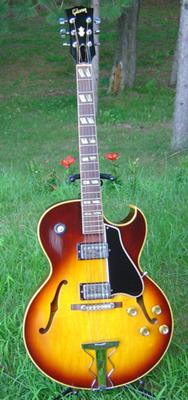Easy Way to Learn Key Signatures
by Marilyn Plant
(Cypress, TX 77429)
Knowing the key signatures to the flats is easy - always the second last flat; but how do you figure out the key signatures when working with sharps? There has to be a way to figure that out by looking/studying it a second or two (other than just "knowing" it).
ANSWER
Hi Marilyn--
Your are absolutely right! There IS an easy way to determine the key signature in a sharp key.
The name of the key is the note that is 1/2 step up fom the last sharp. For example, if the key signature is F# C# and G#, go 1/2 step up from G# to determine that the key is "A" Major.
Thanks for your question! If you need more information about key signature, go to:
Key Signature--Sharp Keys
or
Key Signature--Flat Keys
Best Wishes!
Lynne




